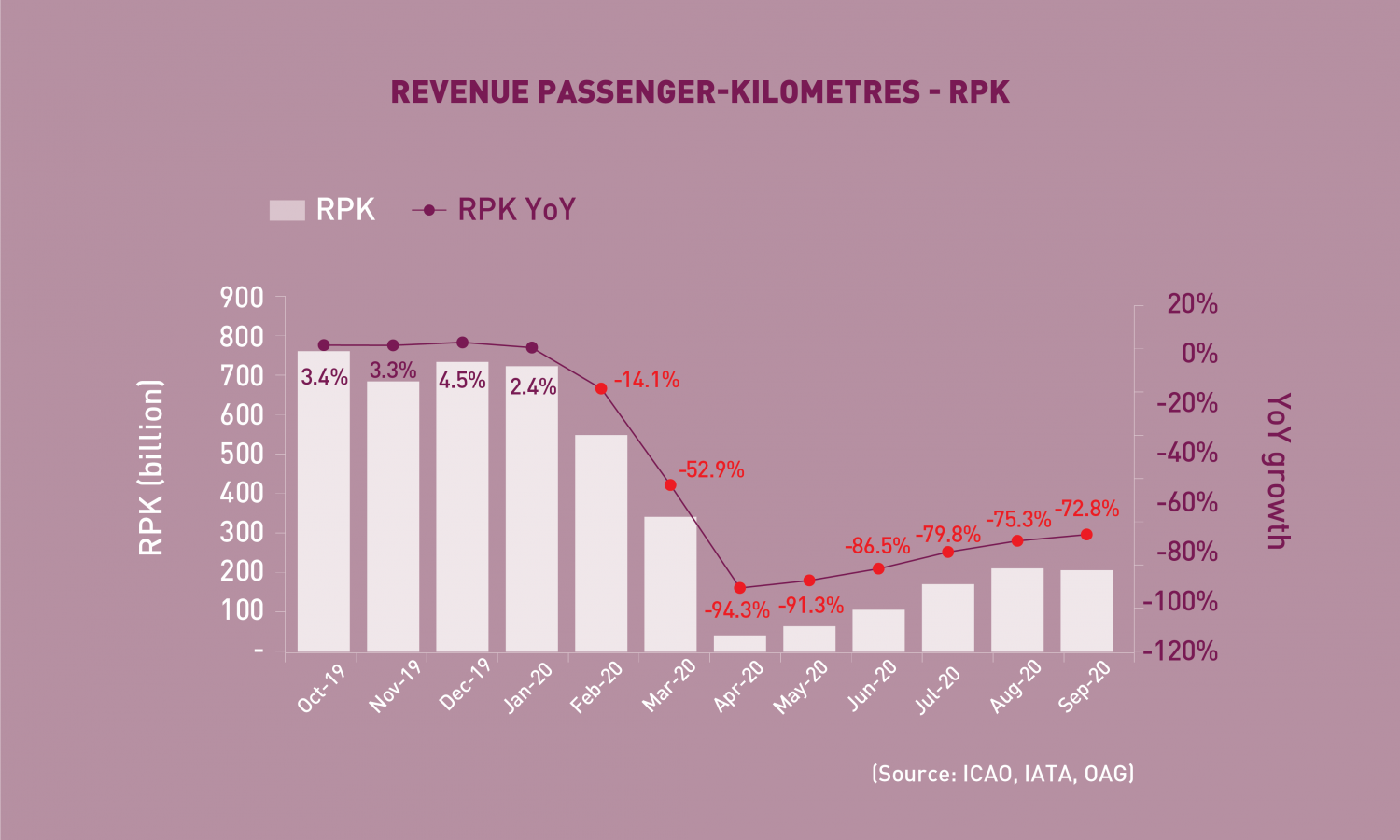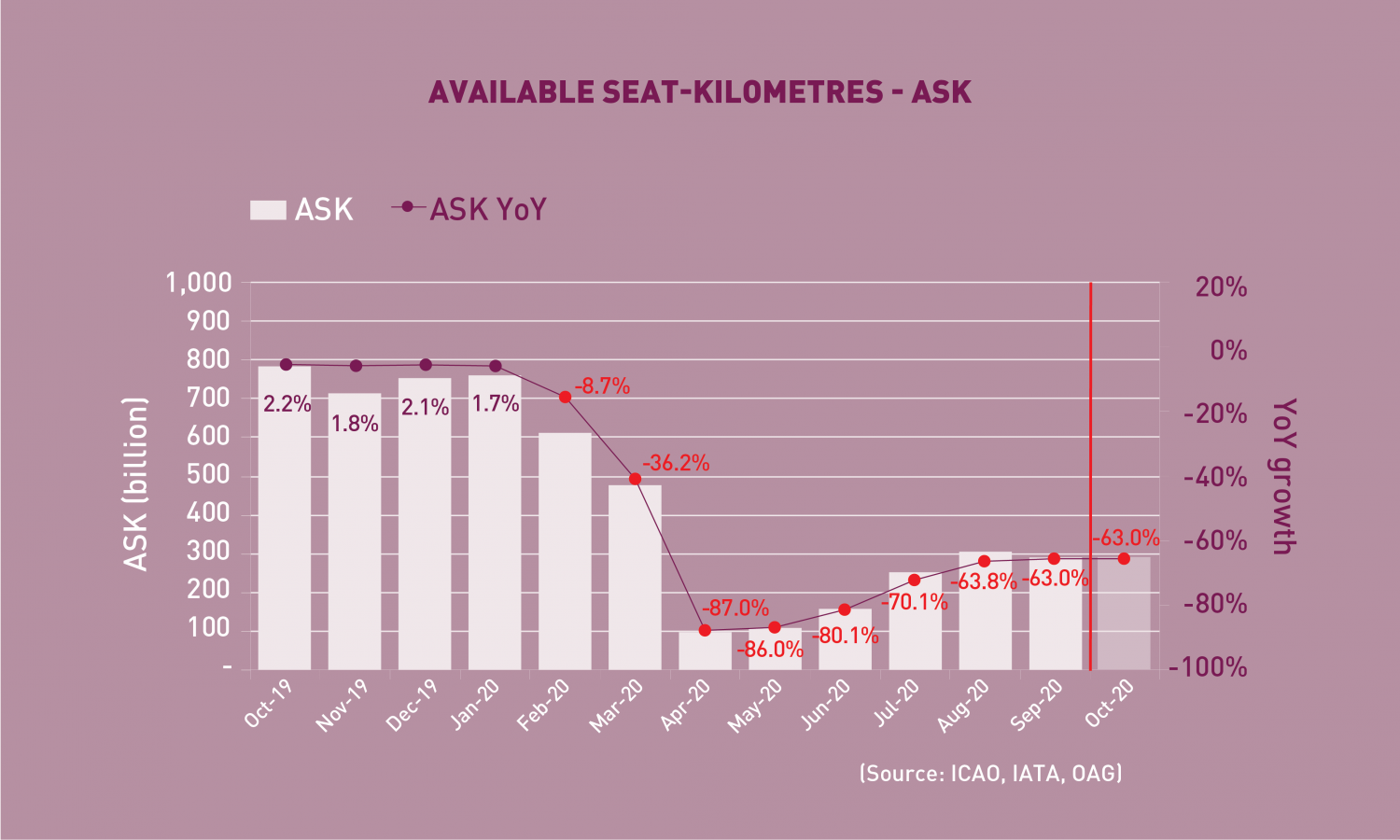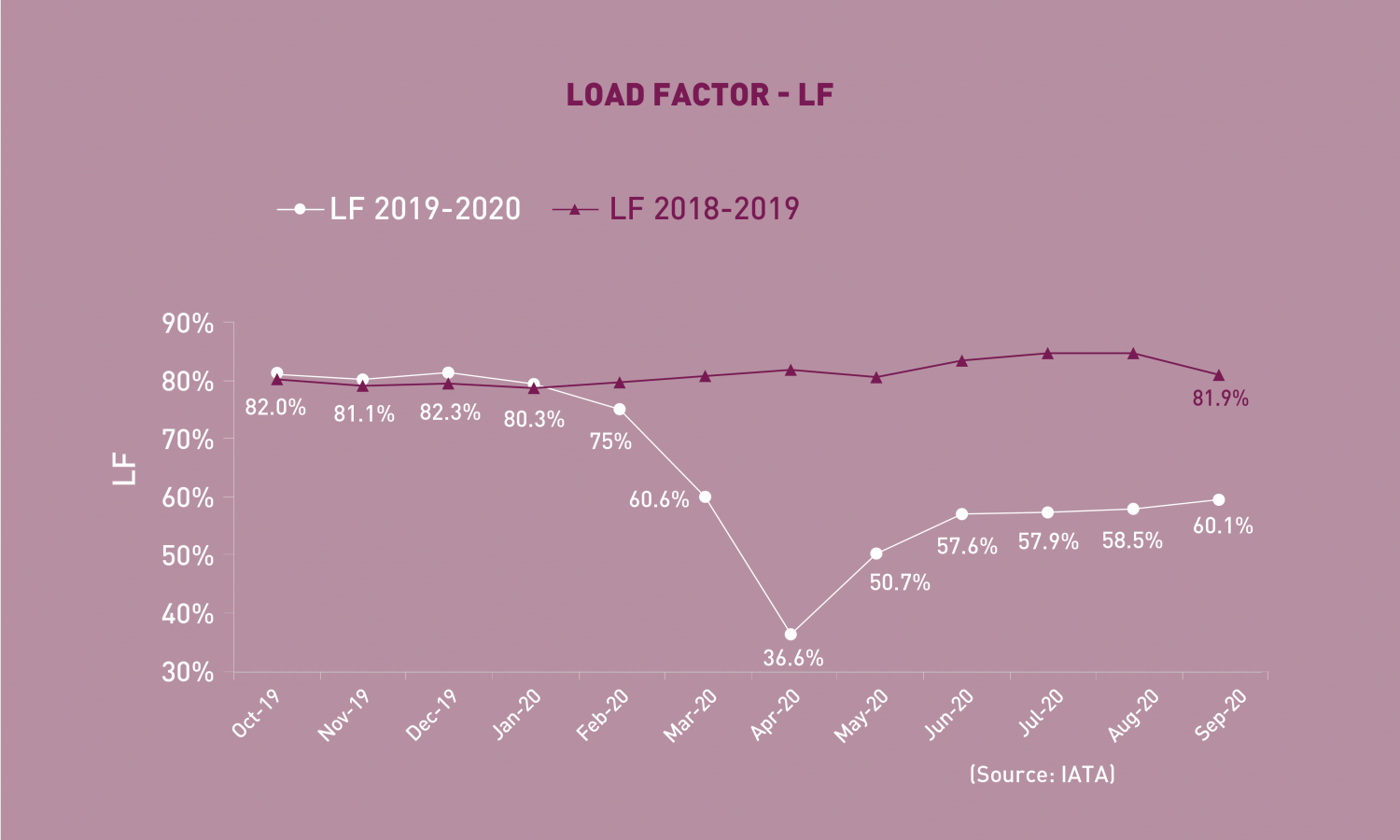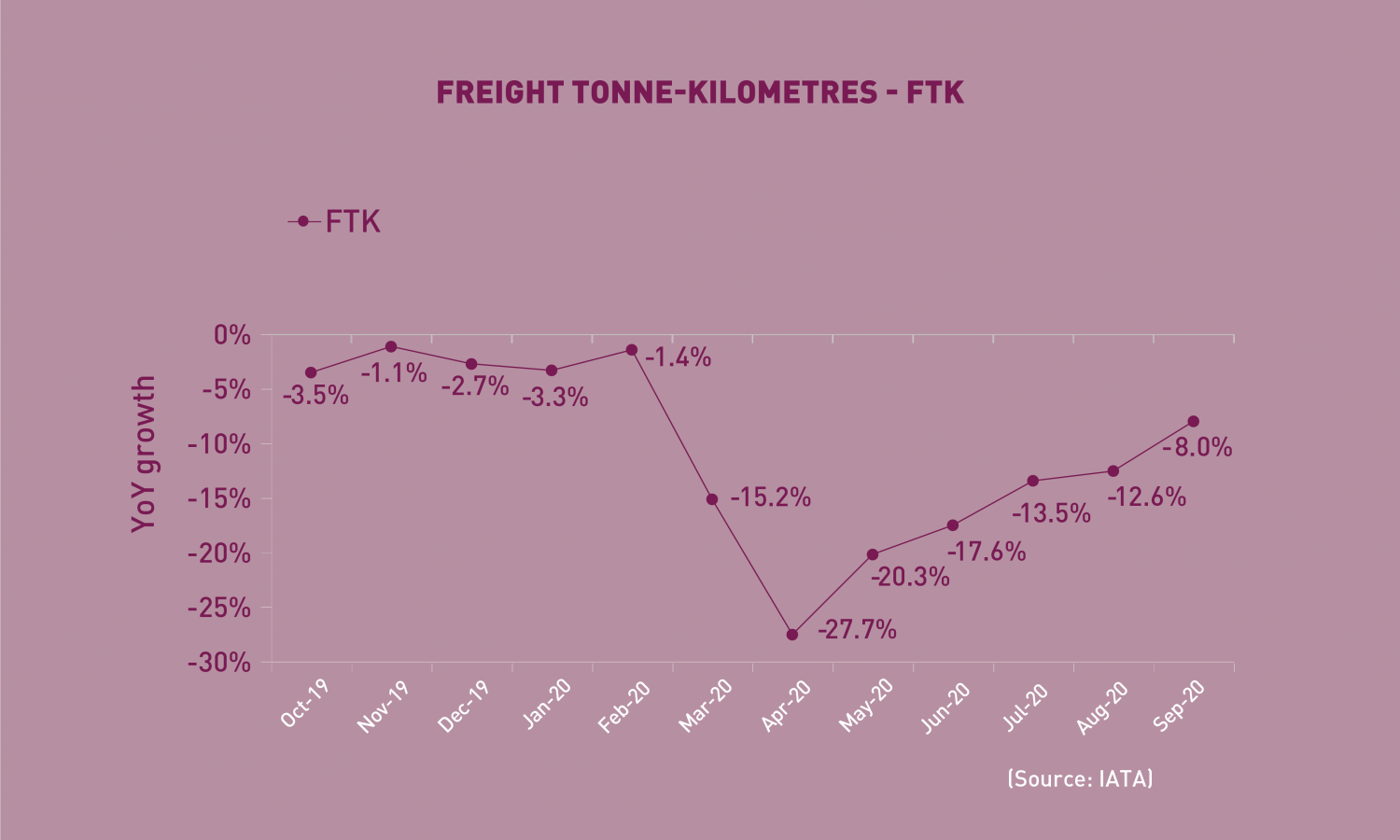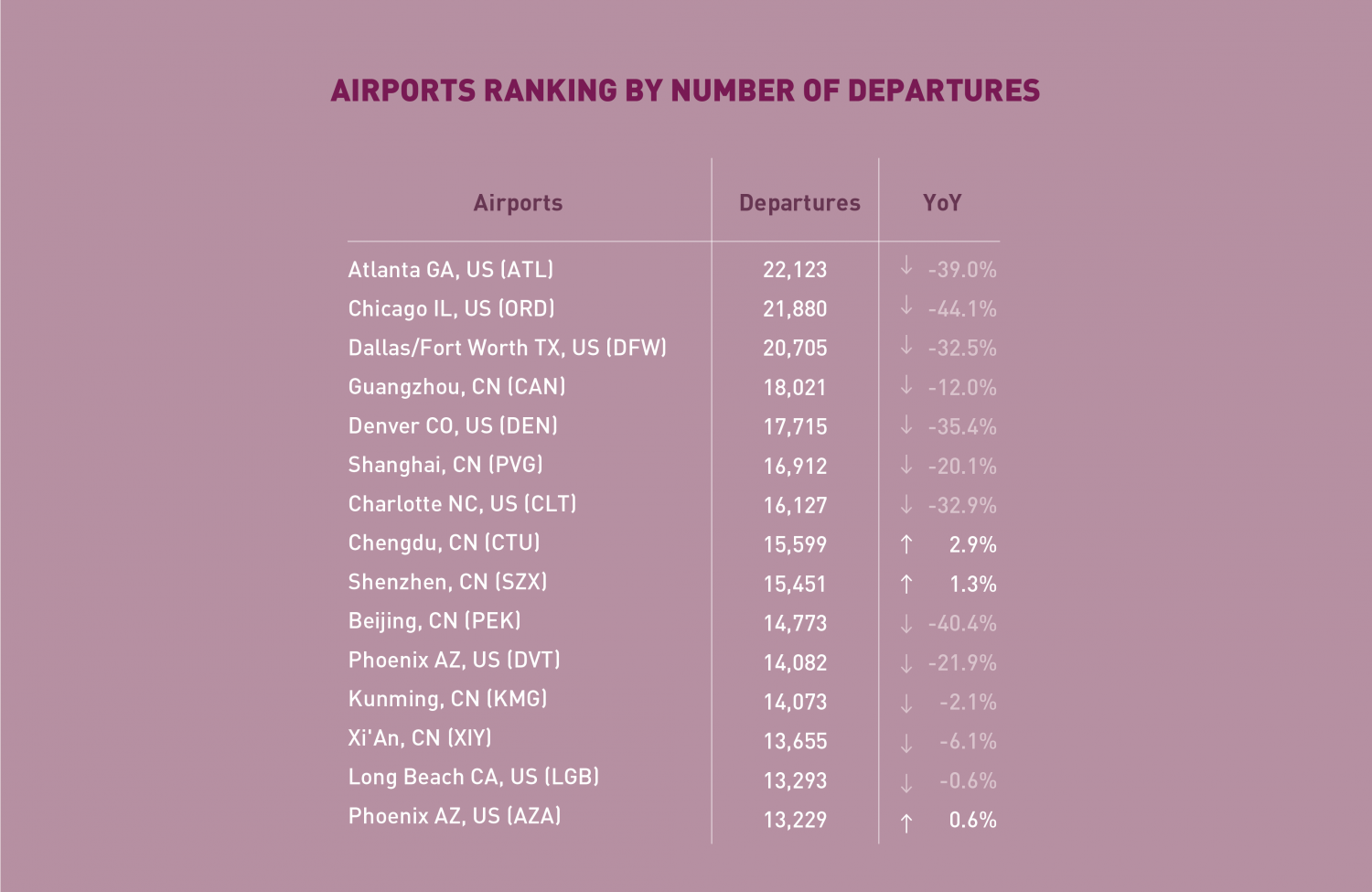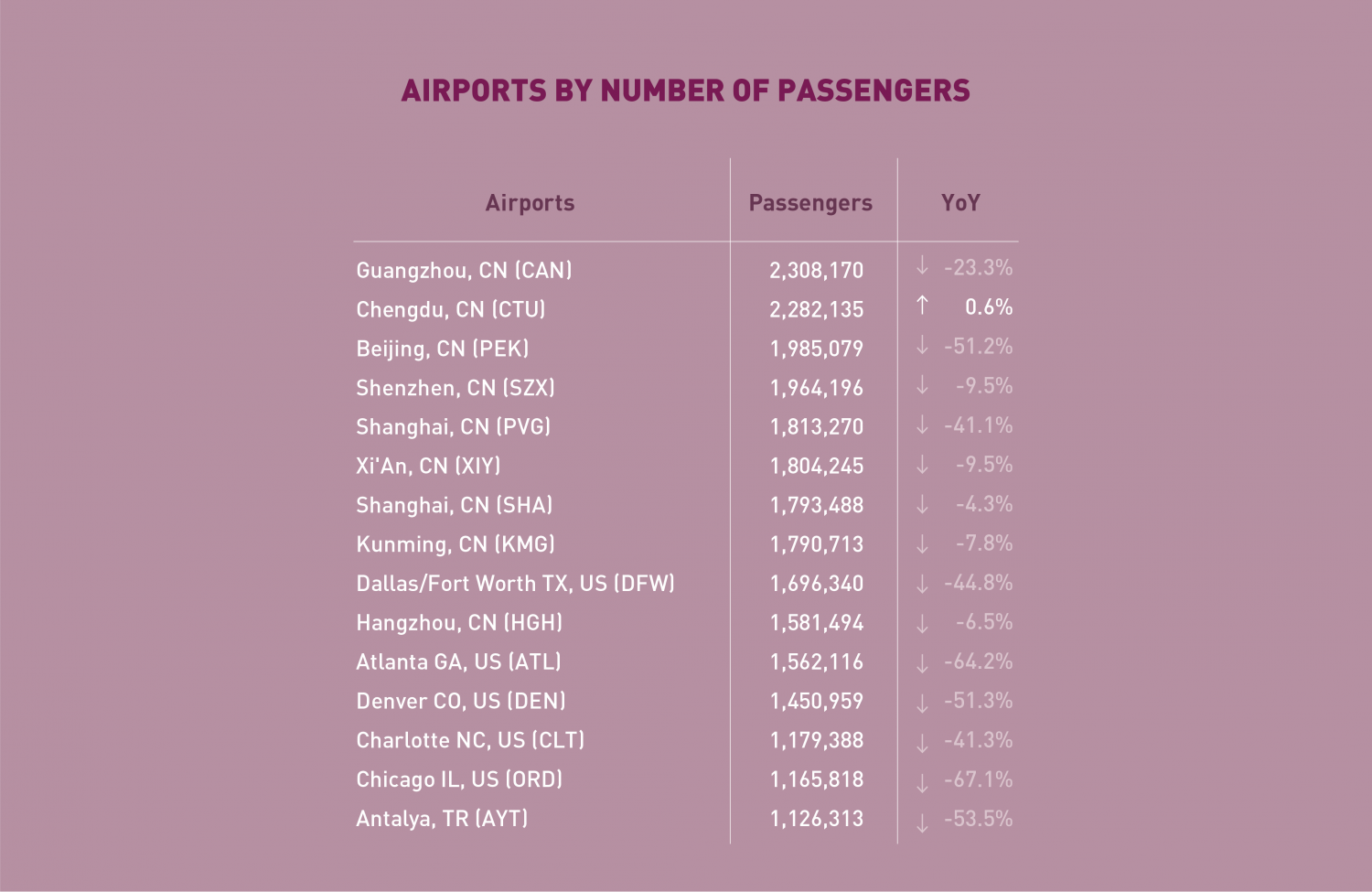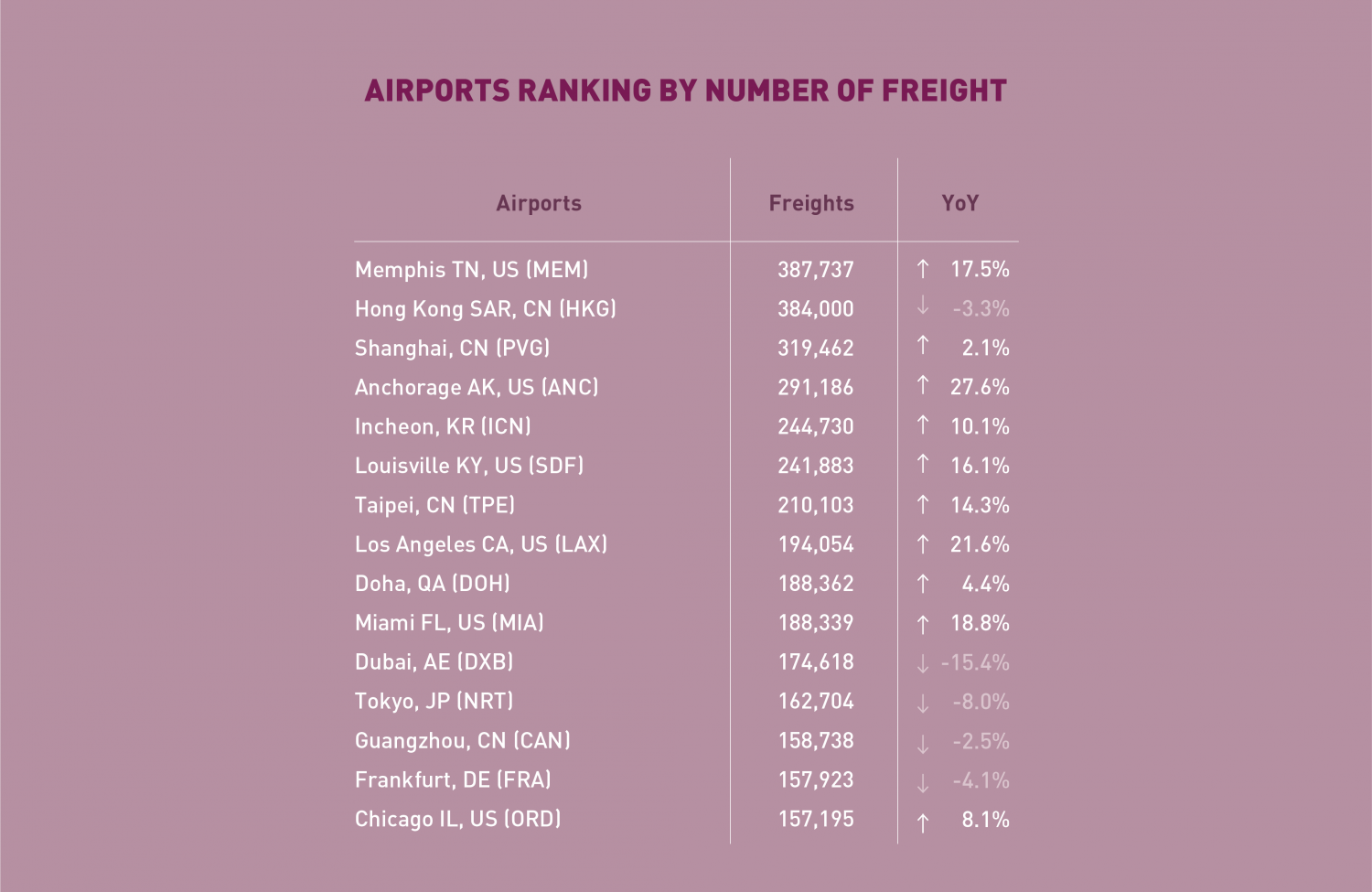The air transport industry is not only a vital engine of global socio-economic growth, but it is also of vital importance as a catalyst for economic development. Not only does the industry create direct and indirect employment and support tourism and local businesses, but it also stimulates foreign investment and international trade.
Informed decision-making is the foundation upon which successful businesses are built. In a fast-growing industry like aviation, planners and investors require the most comprehensive, up-to-date, and reliable data. ICAO’s aviation data/statistics programme provides accurate, reliable and consistent aviation data so that States, international organizations, aviation industry, tourism and other stakeholders can:
- make better projections;
- control costs and risks;
- improve business valuations; and
- benchmark performance.
The UN recognized ICAO as the central agency responsible for the collection, analysis, publication, standardization, improvement and dissemination of statistics pertaining to civil aviation. Because of its status as a UN specialized agency, ICAO remains independent from outside influences and is committed to consistently offering comprehensive and objective data. Every month ICAO produces this Air Transport Monitor, a monthly snapshot and analysis of the economic and aviation indicators.
ECONOMIC DEVELOPMENT – November 2020
World Results and Analyses for September 2020
Total Scheduled Services (Domestic and International)
Passenger traffic
Revenue Passenger-Kilometres – RPK
World passenger traffic fell by 72.8% YoY in September 2020, +2.5 percentage points up from the decline in the previous month. All regions posted improvements except in Europe which was suppressed by the tightened travel restrictions due to the resurgence of outbreaks in the region. Asia/Pacific continued to lead the pace of recovery while Latin America/Caribbean also gained momentum from the domestic travel in Brazil. Among the major domestic markets, growth in Russian Federation remained positive, and the demand increase in China has been sharp.
International Traffic vs. Tourist Arrivals
International passenger traffic fell by -88.8% YoY in September 2020, -0.5 percentage point down from the decline in the previous month. International travel further weakened, as the main driver for international traffic recovery – Intra Europe travel demand – has softened amid the re-imposed lockdowns.
The international tourist arrivals remained stagnant and is expected to follow a similar trend as international passenger traffic.
Capacity
Available Seat-Kilometres – ASK
Capacity worldwide fell by -63.0% YoY in September 2020, +0.8 percentage point up from the decline in the previous month (-63.8%). As some regions may see capacity cut in response to the stricter measures, overall fall of world capacity in October is expected to be unchanged.
Load Factor
The passenger Load Factor reached 60.1% in September 2020, +1.6 percentage points higher than the previous month. The fall in travel demand was deeper than the capacity cut, as a result, the September LF was -21.8 percentage points lower than the rate in the same period of 2019.
Freight Traffic
Freight Tonne-Kilometres – FTK
World freight traffic reported a decline of -8.0% YoY in September 2020, +4.6 percentage points up from the fall in the previous month. Air cargo showed an expedited recovery with solid improvements in all regions. Africa and North America, in particular, have returned back to pre-pandemic levels and achieved a robust positive YoY growth of over +8%, outperforming other regions. The uptick was supported by the rebound in consumer spending on goods and services after the gradual economic re-opening. The Middle East was also resilient, closely approaching the 2019 level, while recovery in other regions was slower with Latin America/Caribbean showing the steepest YoY decline of over -20%.
Top 15 Airports (Ranked by aircraft departures, passengers and volume of freight)
Note: Figures include total scheduled and non-scheduled services
September 2020: -24.5%, -37.0%, and +6.9% YoY in terms of aircraft departures, passengers and freight for the Top 15
In terms of aircraft departures, the Top 15 airports reported a combined fall of -24.5% YoY. For the first time since the pandemic, a few airports posted positive growth, i.e. Chengdu (+2.9%), Shenzhen (+1.3%) and Phoenix (+0.6%). The Top 15 list comprised of US and Chinese airports. Atlanta retained the 1st position, followed by Chicago and Dallas/Fort Worth.
In terms of passengers, the Top 15 airports posted a total fall of -37.0% YoY. Similar to departures, YoY increase re-emerged in the list since March, albeit only in one airport, Chengdu (+0.6%). Nine out of the Top 15 airports were Chinese airports, most of which also recorded smaller YoY declines. In addition, five US airports and one Turkish airport ranked within the Top 15.
In terms of freight, the Top 15 airports reported a YoY increase of +6.9%, indicating four consecutive monthly growth since June. Ten out of the Top 15 posted YoY increase with seven growing double-digitally. Anchorage and Los Angeles recorded the strongest growth at +27.6% and +21.6%, respectively. Memphis remained 1st with an increase of +17.5%
Top 15 Airline Groups (Ranked by RPK)
September 2020: -73.7% YoY in terms of RPK for the Top 15
In terms of RPK, the Top 15 airline groups accounted for 63.7% of the world’s total RPK in September 2020 and declined by –60.6% YoY. This decline was 12.2 percentage points smaller than the fall in world’s average RPK, with all airlines in the Top 15 posting contractions.
The distortion in Top 15 rankings reflects the uneven recovery across the globe. Countries with bigger domestic market have demonstrated more resilience.
Owing to the steady increase in domestic demand, Chinese airlines, China Southern, Hainan Airlines, China Eastern and Air China ranked Top 4, with traffic being recovered to over 60% of the 2019 level. Noticeable improvement was recorded by Hainan Airlines which climbed up 9 positions and made it to 2nd for the first time. Spring Airlines kept the 15th place, and recorded the fastest recovery with traffic returning to 96.0% of the 2019 level.
Recovery of US airlines has been modest. American stayed at 5th while Southwest went down to 10th surpassed by few other major airlines. Delta and United improved to 6th and 7th, respectively, posting gradual improvements.
After a short-lived summer recovery, the upward trend in European airlines stalled due to the new lockdown restrictions introduced in reaction to the second wave in the region. Except for Aeroflot which recovered to almost 50% of the 2019 level, the other airlines remained weak at below 70%.
Worldwide capacity contracted by -63.0% YoY in September 2020. Although this indicated a smaller fall compared to the previous month, improvements eased in two regions, i.e. Europe and North America, with more airlines further cutting capacity. The biggest increase was observed in Latin America/Caribbean while Asia/Pacific showed the smallest YoY capacity decline.
Click here to download the Monthly Monitor November PDF version.
For any queries for further information, please contact the ICAO Economic Development (ECD), Air Transport Bureau ecd@icao.int
Acronyms: ACI: Airports Council International; ASK: Available Seat-Kilometres; IATA: International Air Transport Association; FTK: Freight Tonne-Kilometres; LF: Passenger Load Factor; OAG: Official Airline Guide; RPK: Revenue Passenger-Kilometres; UNWTO: World Tourism Organization; YoY: Year-on-year; YTD: Year-to-date.

